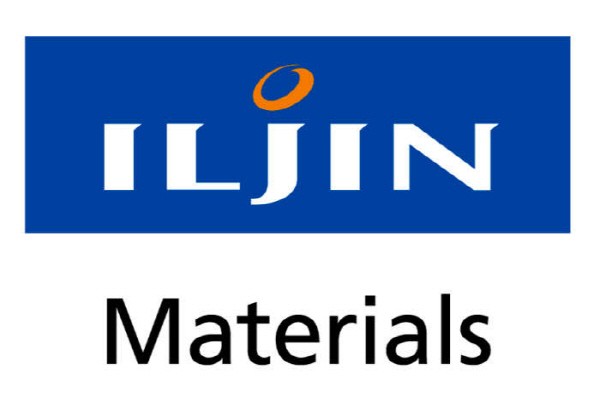The background story of why Iljin Group began to sell their core subsidiary is gaining interests, Iljin Materials. As a battery core material company with high growth potential due to the growing demand for electric vehicles, Iljin Materials has been serving as a cash cow for the group. Unlike their competitors, they already have secured a variety of customers. It was shocking to many when news of the sale was announced.

One of the reasons for the sale was pointed out by some that the burden of additional costs for Iljin Group will have to invest in, such as renovating and expanding production facilities in the future. It was pointed out that they concluded that they would sell the company when the value of the company was high and make a profit instead of investing additional fund.
According to a domestic large corporation that is considering the acquisition of Iljin Materials, it is expected that about investment of 3 trillion KRW will be required to expand production facilities within the next five years. The acquisition price proposed by Iljin is 3 trillion KRW, including the stake (53.3%) owned by Iljin Materials CEO Jae-myung Heo and the management premium. In conclusion, it means that they need to have 6 trillion KRW to manage Iljin Materials stably after taking over.
Even though it is evaluated that the demand for copper foil is rapidly increasing in line with the demand for electric vehicles, which is the core item of Iljin Materials, but the fact that the company can survive only by continuing to make huge investments could have been a burden.
It usually costs around 150 billion KRW to produce 10,000 tons of copper foil. Last year, SK nexilis spent 700 billion and 900 billion KRW, respectively, to build a plant in Malaysia (50,000 tons) and a plant in Poland (50,000 tons). SK nexilis plans to expand their current domestic production capacity of 50,000 to 250,000 by 2025. To achieve this goal, SKC, mother company of SK nexilis, signed a financial agreement worth 1.5 trillion KRW with Korea Development Bank last year and has secured investment. It is known that Solus Advanced Materials also took a loan of 28 million USD (about 35 billion KRW) from the European Bank for Reconstruction and Development (EBRD) and secured 240 billion won through a capital increase.
Iljin Materials' production capacity expansion is inevitable. The company currently has a copper foil production capacity of 40,000 tons from the Iksan plant (20,000 tons) and the Malaysia plant (20,000 tons). The company plans to increase their production capacity by more than 200,000 tons by 2025, including the expansion of their Malaysian plant by 40,000 tons.
Iljin Materials has emerged as a core subsidiary of Iljin Group by leaping from a printed circuit board (PCB) material company to a battery material company in the 2010s. They achieved 688.8 billion KRW in sales and 69.9 billion KRW in operating profit on a consolidated basis last year. They already have a number of potential customers, including Samsung SDI, LG Energy Solution, and BYD from China.
The industry estimates that market share rank of copper foil from SK Nexilis (22%), Watson (China·19%), and Changchun (Taiwan·18%) and followed by Iljin Materials(13%).
Citigroup Global Markets Korea Securities, a company advising on the sale of Iljin Materials, is distributing a company profile to potential acquisition candidates, including major domestic and foreign major conglomerates and large private-equity fund (PEF) managers, and is in the process of selling the company. Preliminary bidding will start at the end of next month and the buyer will be decided within August.
By Staff Reporter Tae-jun Park (gaius@etnews.com)